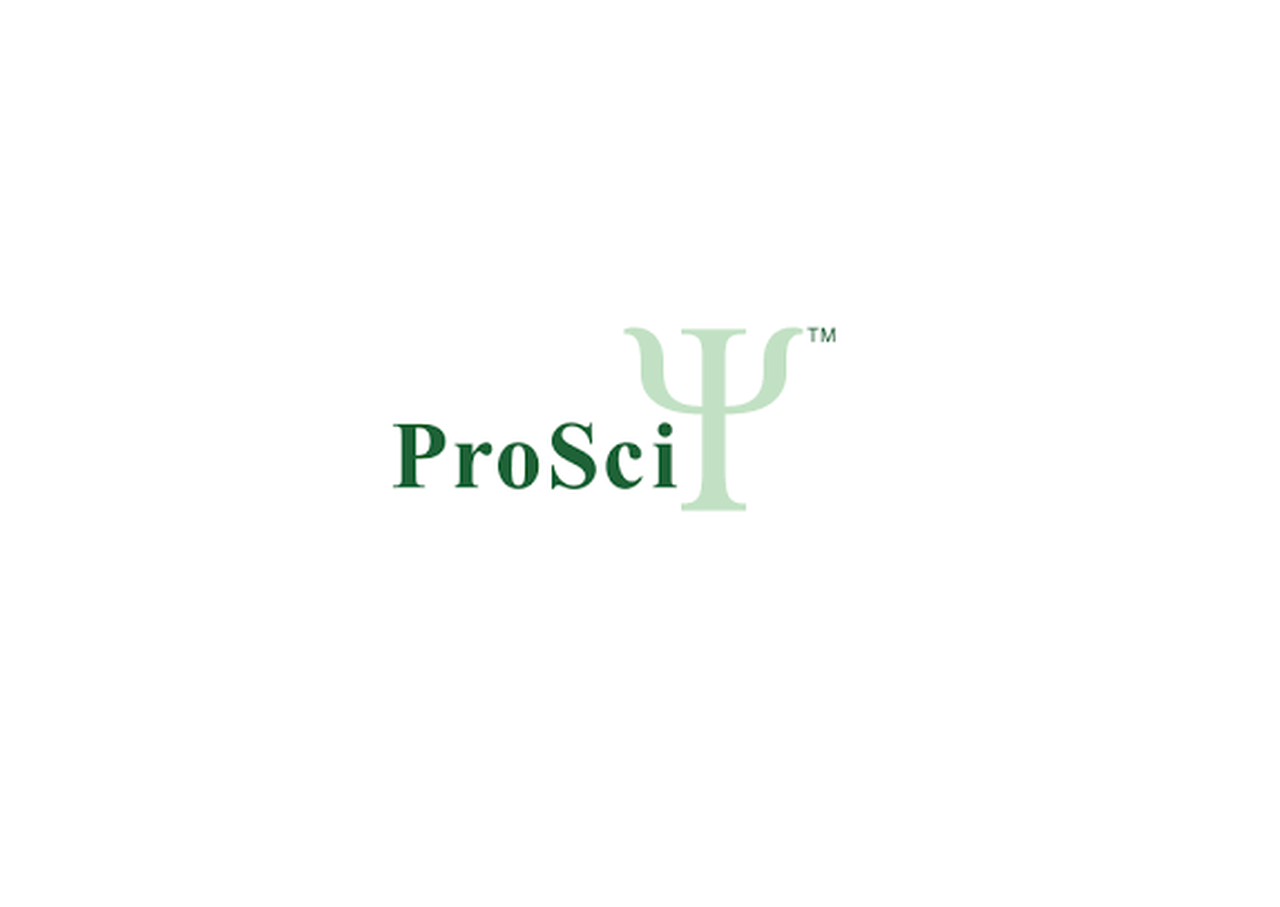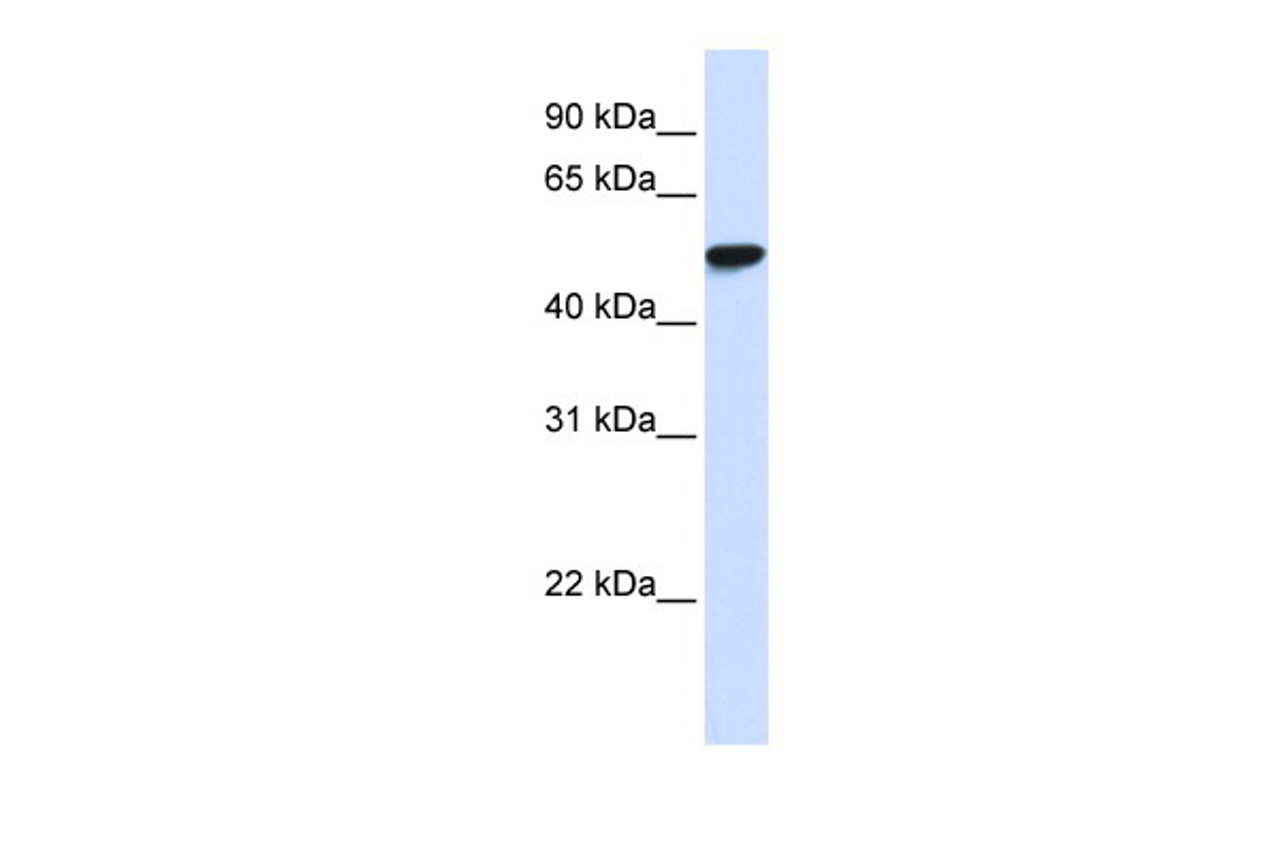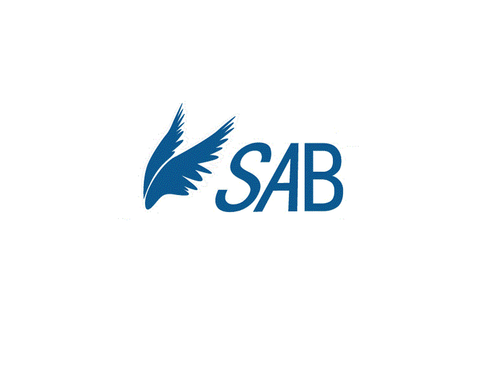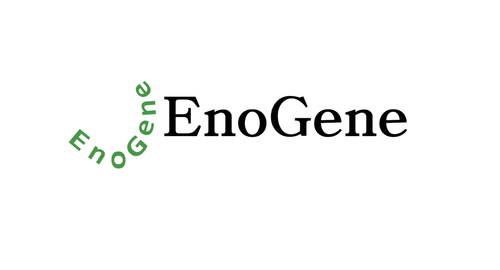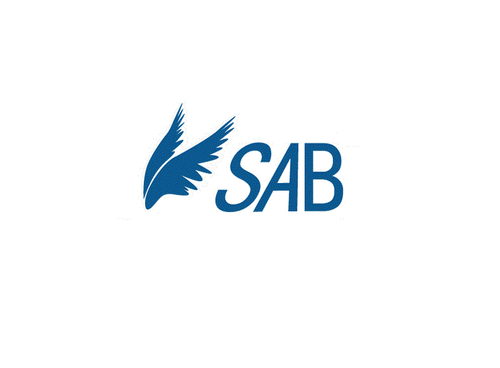Product Description
WDR4 Antibody | 25-689 | ProSci
Host: Rabbit
Reactivity: Human
Homology: N/A
Immunogen: Antibody produced in rabbits immunized with a synthetic peptide corresponding a region of human WDR4.
Research Area: Apoptosis, Homeostasis
Tested Application: E, WB
Application: WDR4 antibody can be used for detection of WDR4 by ELISA at 1:62500. WDR4 antibody can be used for detection of WDR4 by western blot at 1 μg/mL, and HRP conjugated secondary antibody should be diluted 1:50, 000 - 100, 000.
Specificiy: N/A
Positive Control 1: Cat. No. 1309 - Human Placenta Lysate
Positive Control 2: N/A
Positive Control 3: N/A
Positive Control 4: N/A
Positive Control 5: N/A
Positive Control 6: N/A
Molecular Weight: 45 kDa
Validation: N/A
Isoform: N/A
Purification: Antibody is purified by peptide affinity chromatography method.
Clonality: Polyclonal
Clone: N/A
Isotype: N/A
Conjugate: Unconjugated
Physical State: Liquid
Buffer: Purified antibody supplied in 1x PBS buffer with 0.09% (w/v) sodium azide and 2% sucrose.
Concentration: batch dependent
Storage Condition: For short periods of storage (days) store at 4˚C. For longer periods of storage, store WDR4 antibody at -20˚C. As with any antibody avoid repeat freeze-thaw cycles.
Alternate Name: WDR4, TRM82, TRMT82
User Note: Optimal dilutions for each application to be determined by the researcher.
BACKGROUND: WDR4 is a member of the WD repeat protein family. WD repeats are minimally conserved regions of approximately 40 amino acids typically bracketed by gly-his and trp-asp (GH-WD) , which may facilitate formation of heterotrimeric or multiprotein complexes. Members of this family are involved in a variety of cellular processes, including cell cycle progression, signal transduction, apoptosis, and gene regulation. This gene is excluded as a candidate for a form of nonsyndromic deafness (DFNB10) , but is still a candidate for other disorders mapped to 21q22.3 as well as for the development of Down syndrome phenotypes. This gene encodes a member of the WD repeat protein family. WD repeats are minimally conserved regions of approximately 40 amino acids typically bracketed by gly-his and trp-asp (GH-WD) , which may facilitate formation of heterotrimeric or multiprotein complexes. Members of this family are involved in a variety of cellular processes, including cell cycle progression, signal transduction, apoptosis, and gene regulation. This gene is excluded as a candidate for a form of nonsyndromic deafness (DFNB10) , but is still a candidate for other disorders mapped to 21q22.3 as well as for the development of Down syndrome phenotypes. Two transcript variants encoding the same protein have been found for this gene.
 Euro
Euro
 USD
USD
 British Pound
British Pound
 NULL
NULL

